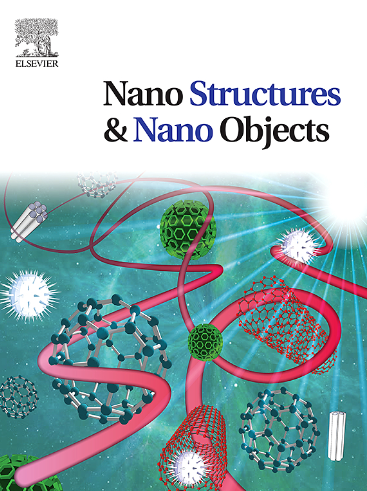Biomineralization of calcium phosphates in nature
IF 5.45
Q1 Physics and Astronomy
引用次数: 0
Abstract
The biomineralization processes of calcium phosphates (CaPs) in nature (animals, vegetation in the land and sea, fossilization during geological periods) are reviewed. As a result of the biomineralization processes in nature, several biominerals (about 60; inorganic solids generated by a huge variety of organisms resulting stiffen and harden mineralized tissues) are formed, including CaPs. CaP biomineralization is driven with aid of several biomolecules, present in microbes, mammals, and vegetation. Proteins, such as soluble noncollagenous proteins and insoluble collagen, possess enhanced biomineralization activity within the organic matrix, being involved in teeth and bone formation. The biomineralization is frequently the first stage of fossilization (preservation of life traces in the geological record). A description of apatites and CaPs formed as a result of biomineralization, its types, steps, models, mechanisms, and controlling factors are described. Proteins and phosphates involved in biomineralization, role of species of distinct nature and pH, biomineralized composites, influence of presenting carbonates, organic and biological molecules and species are discussed. Several applications of biomineralized CaPs are presented.
求助全文
约1分钟内获得全文
求助全文
来源期刊

Nano-Structures & Nano-Objects
Physics and Astronomy-Condensed Matter Physics
CiteScore
9.20
自引率
0.00%
发文量
60
审稿时长
22 days
期刊介绍:
Nano-Structures & Nano-Objects is a new journal devoted to all aspects of the synthesis and the properties of this new flourishing domain. The journal is devoted to novel architectures at the nano-level with an emphasis on new synthesis and characterization methods. The journal is focused on the objects rather than on their applications. However, the research for new applications of original nano-structures & nano-objects in various fields such as nano-electronics, energy conversion, catalysis, drug delivery and nano-medicine is also welcome. The scope of Nano-Structures & Nano-Objects involves: -Metal and alloy nanoparticles with complex nanostructures such as shape control, core-shell and dumbells -Oxide nanoparticles and nanostructures, with complex oxide/metal, oxide/surface and oxide /organic interfaces -Inorganic semi-conducting nanoparticles (quantum dots) with an emphasis on new phases, structures, shapes and complexity -Nanostructures involving molecular inorganic species such as nanoparticles of coordination compounds, molecular magnets, spin transition nanoparticles etc. or organic nano-objects, in particular for molecular electronics -Nanostructured materials such as nano-MOFs and nano-zeolites -Hetero-junctions between molecules and nano-objects, between different nano-objects & nanostructures or between nano-objects & nanostructures and surfaces -Methods of characterization specific of the nano size or adapted for the nano size such as X-ray and neutron scattering, light scattering, NMR, Raman, Plasmonics, near field microscopies, various TEM and SEM techniques, magnetic studies, etc .
 求助内容:
求助内容: 应助结果提醒方式:
应助结果提醒方式:


